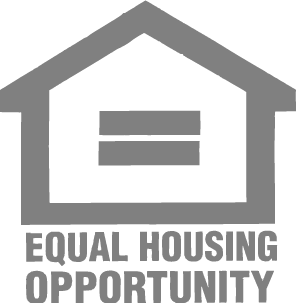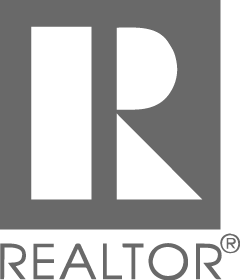If you’re considering purchasing your next investment property for your portfolio, you’re probably wondering how to decide which Greater Austin neighborhood it should be in. There are many factors to consider, but which factors should you focus on to ensure your property is profitable?
Neighborhood & Amenities
One of the main factors is researching the neighborhood and its proximity to amenities. You want to ensure the neighborhood is located in a low-crime area with affordable taxes and a good school district. Living near schools, parks, restaurants, and shopping will attract more renters overall. However, if the neighborhood is near a university, this could be a positive for some, but also a negative. This is because students will dominate your pool of potential tenants, which could make it challenging to fill vacancies when summer rolls around.
High Listings & Vacancies
If the neighborhood you are looking to purchase an investment property in has a high number of listings and vacancies, this could signal a declining neighborhood. Not only does it make it difficult to get tenants, but you may have to lower your rent prices to fill your vacancies. Low-vacancy neighborhoods are more popular for renters and are harder to get into, which justifies higher rent prices.
Average Rent Prices
Speaking of rent prices, make sure to do your research on the area to stay in line with your competition. Renters are usually more inclined to go with the lower rent price if it’s in an attractive neighborhood. Try to gauge where the neighborhood will be in the next five years to ensure the money you’re bringing in from rent is enough for all the upkeep of your mortgage, taxes, and other expenses.
Financial Stability
Look for neighborhoods with stable economic conditions, low unemployment, and low crime rates, as these areas generally have high cash-on-cash returns. Neighborhoods near large businesses with growing job opportunities tend to attract more tenants and are a good sign that the area is growing and stable.
In addition to these factors, there are plenty of others to consider before you write an offer for your next Greater Austin area investment property. If you have any questions or need recommendations, reach out to us! We are always here to help.


